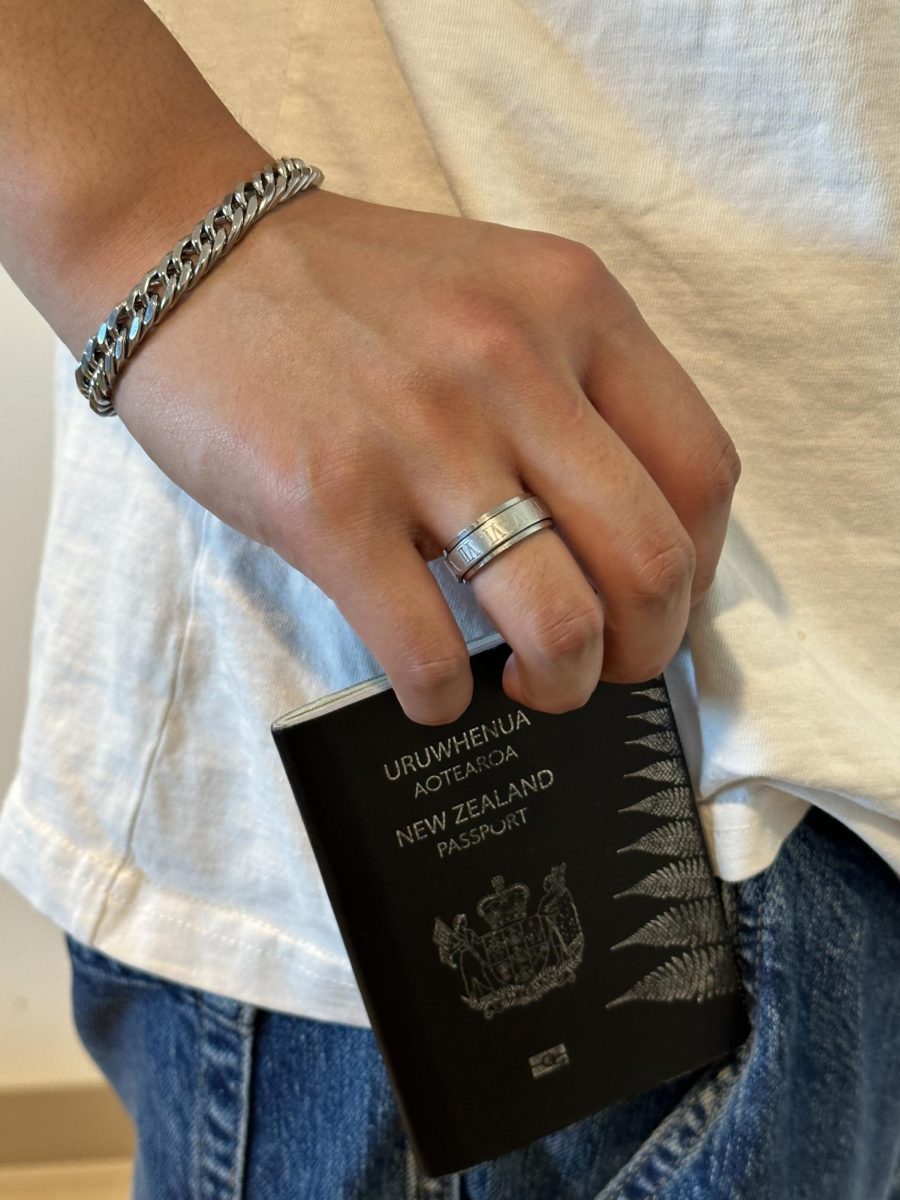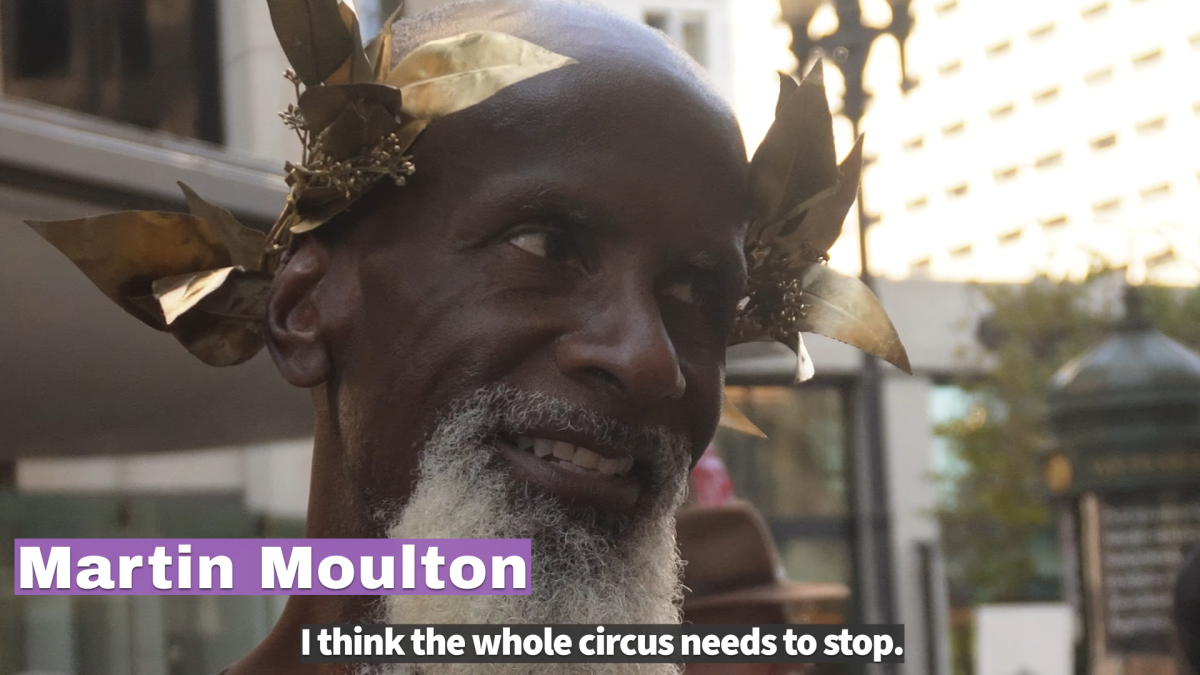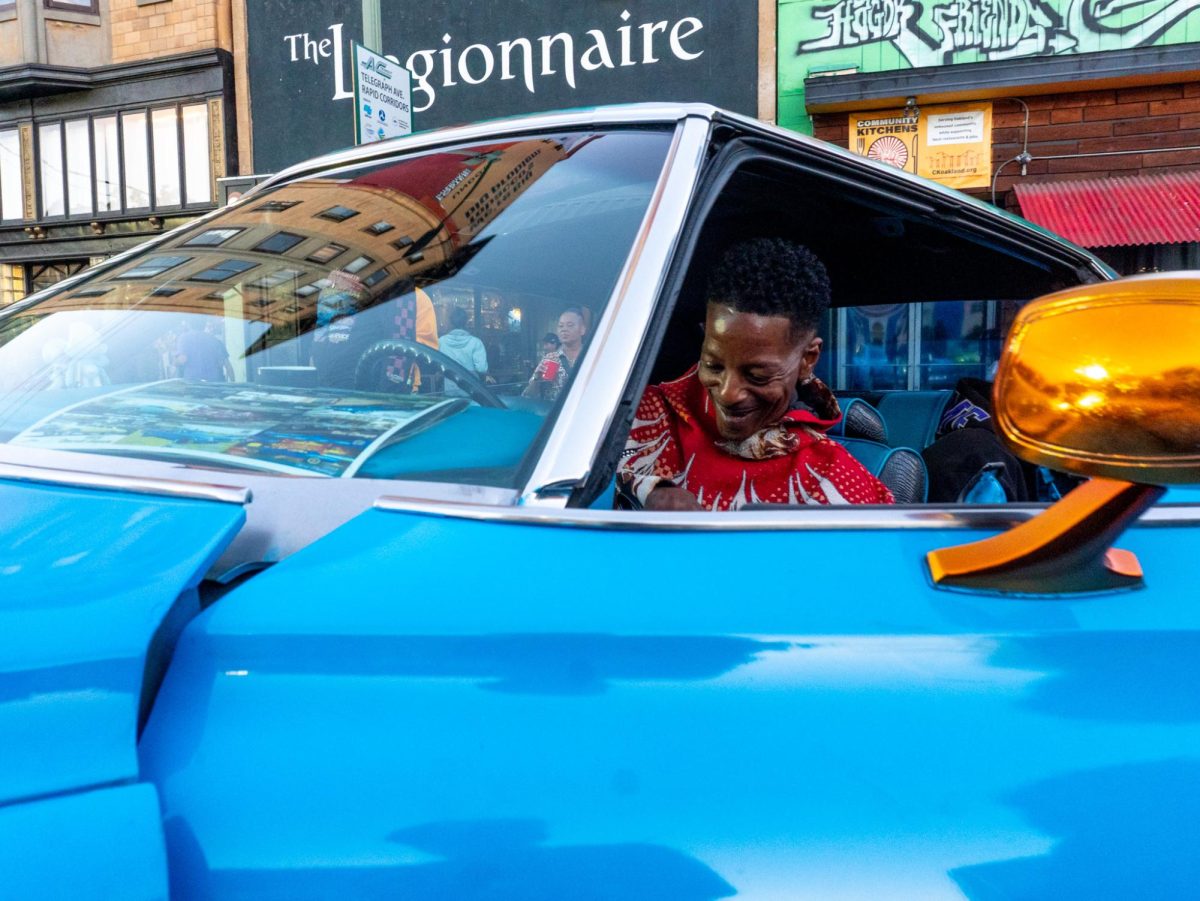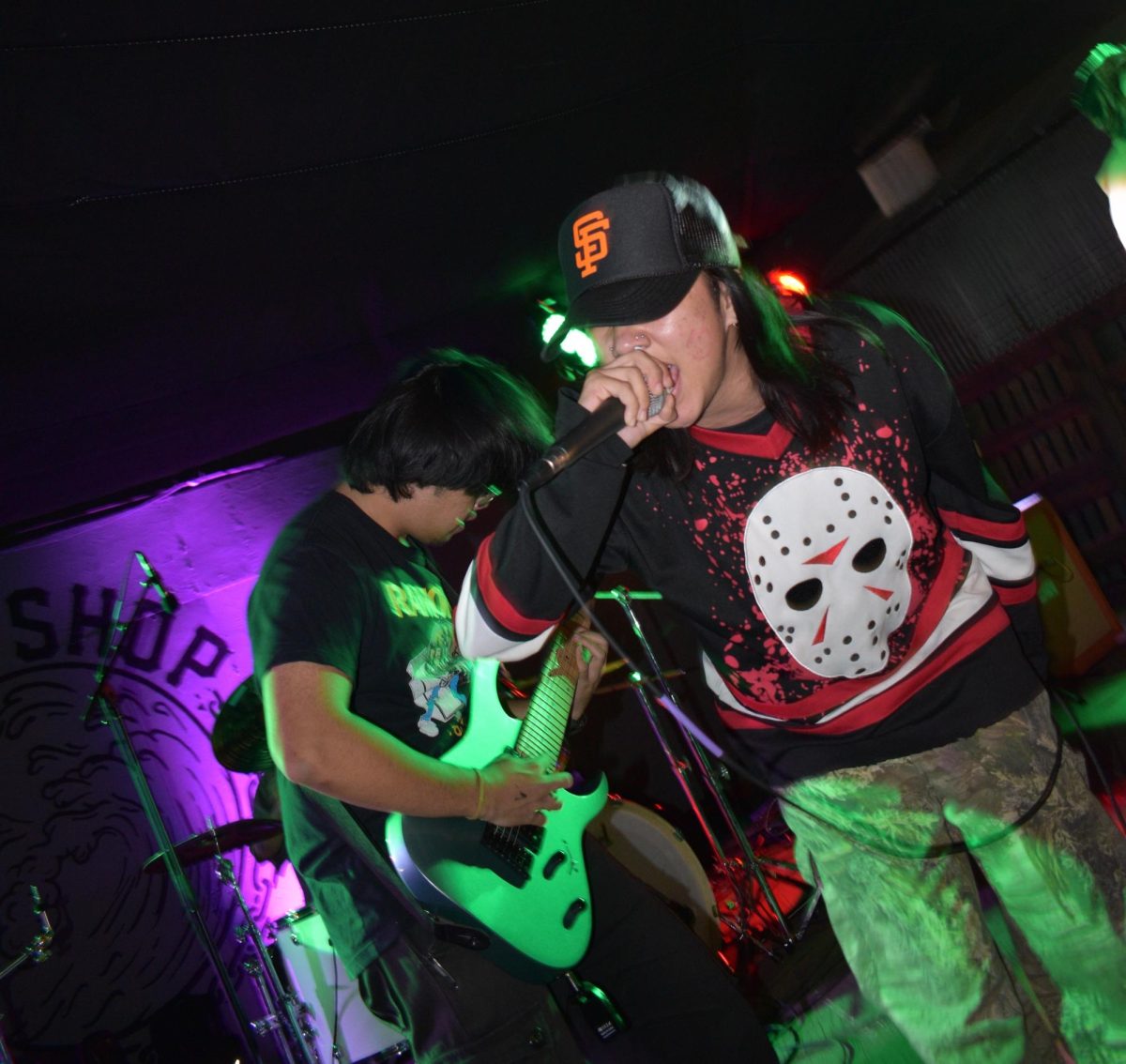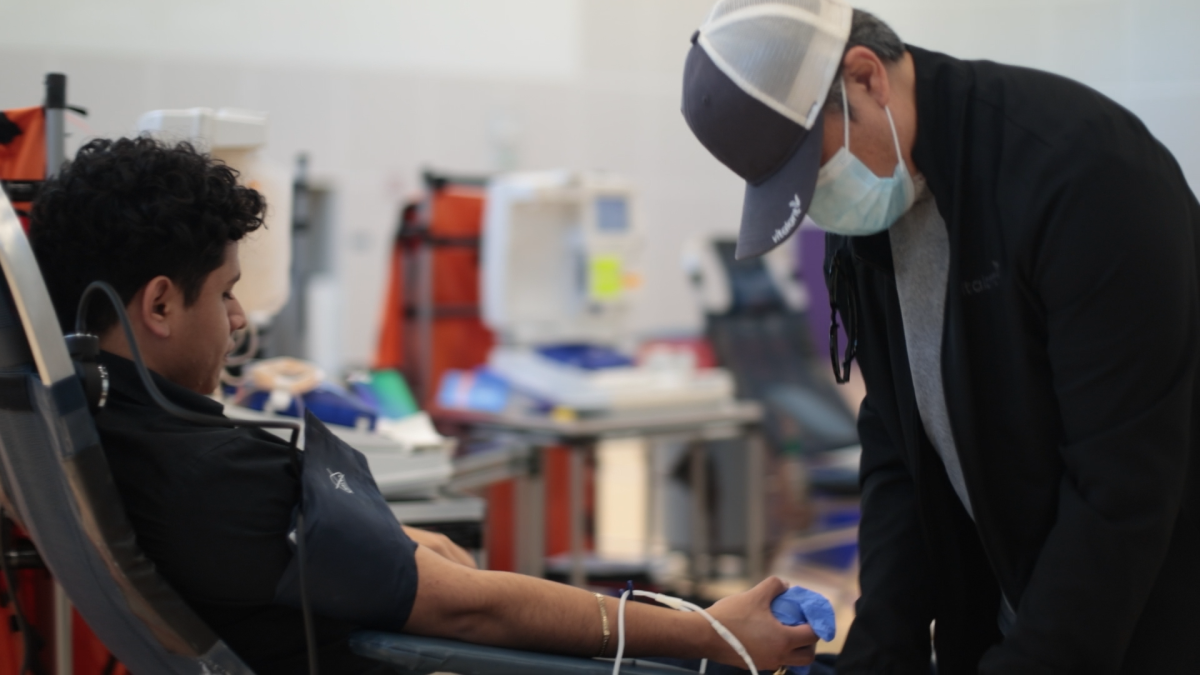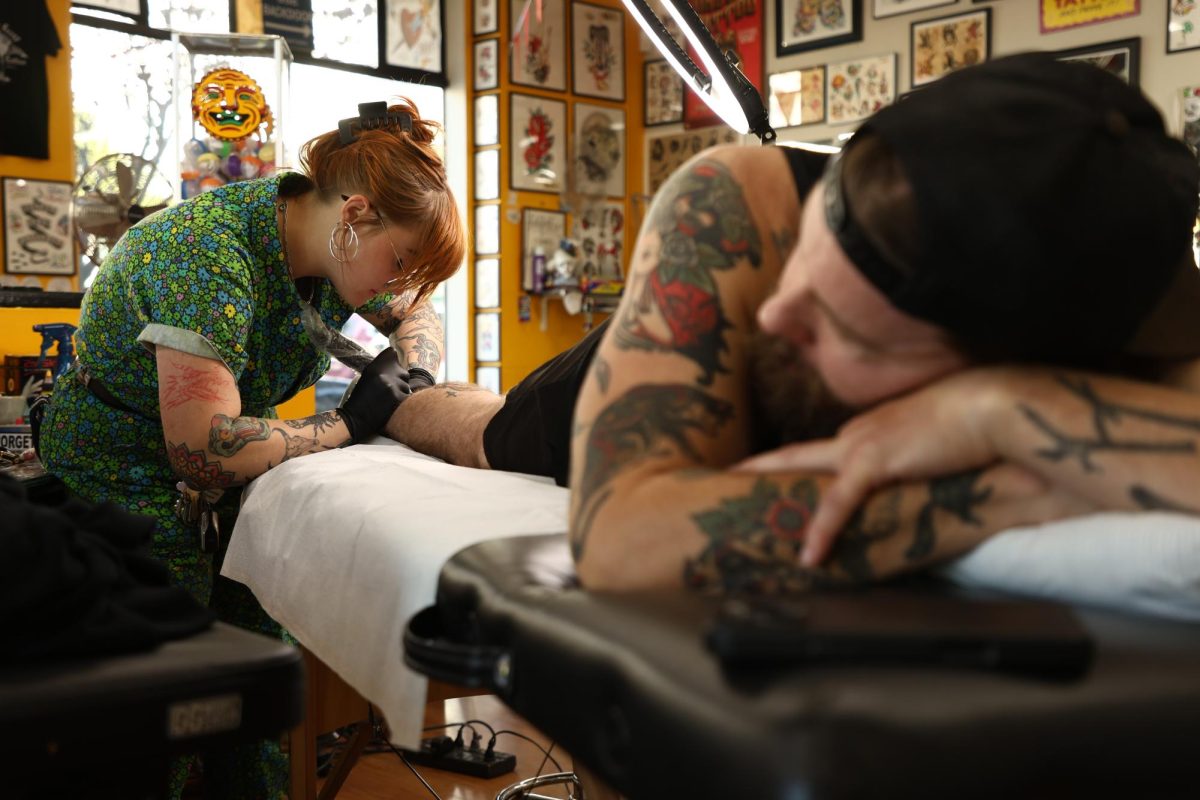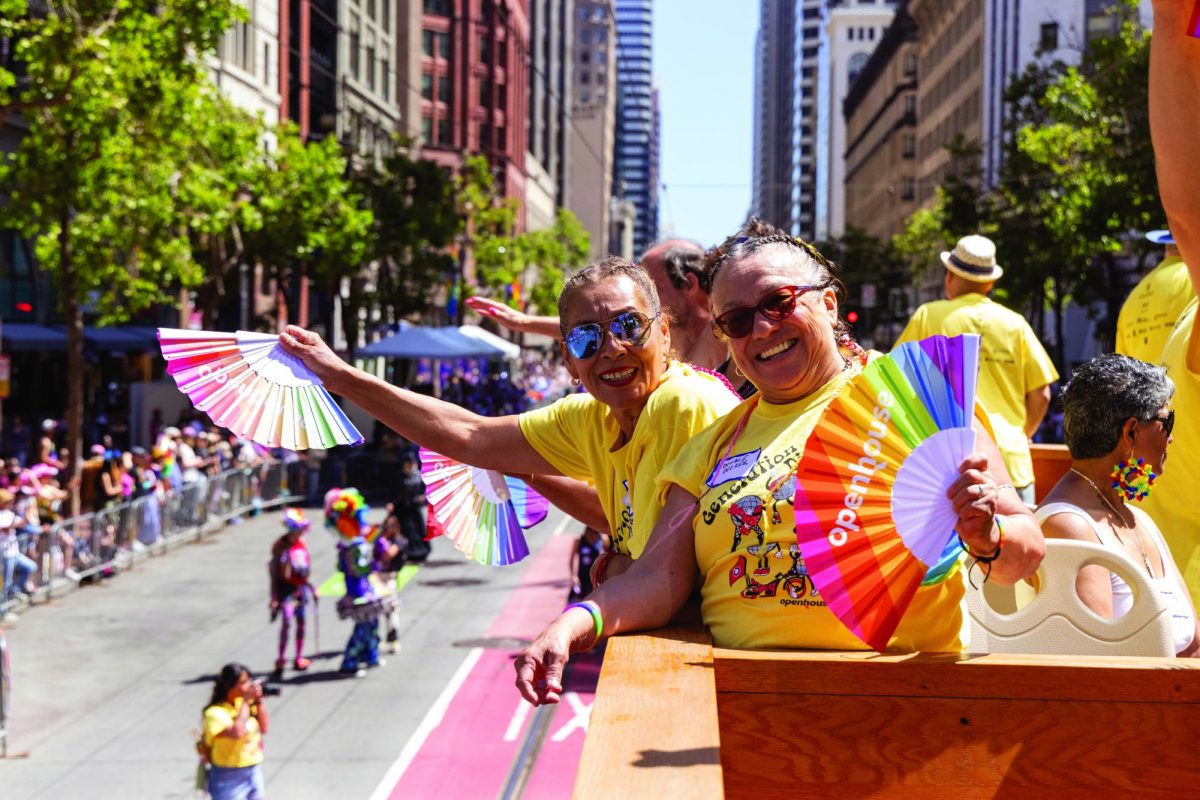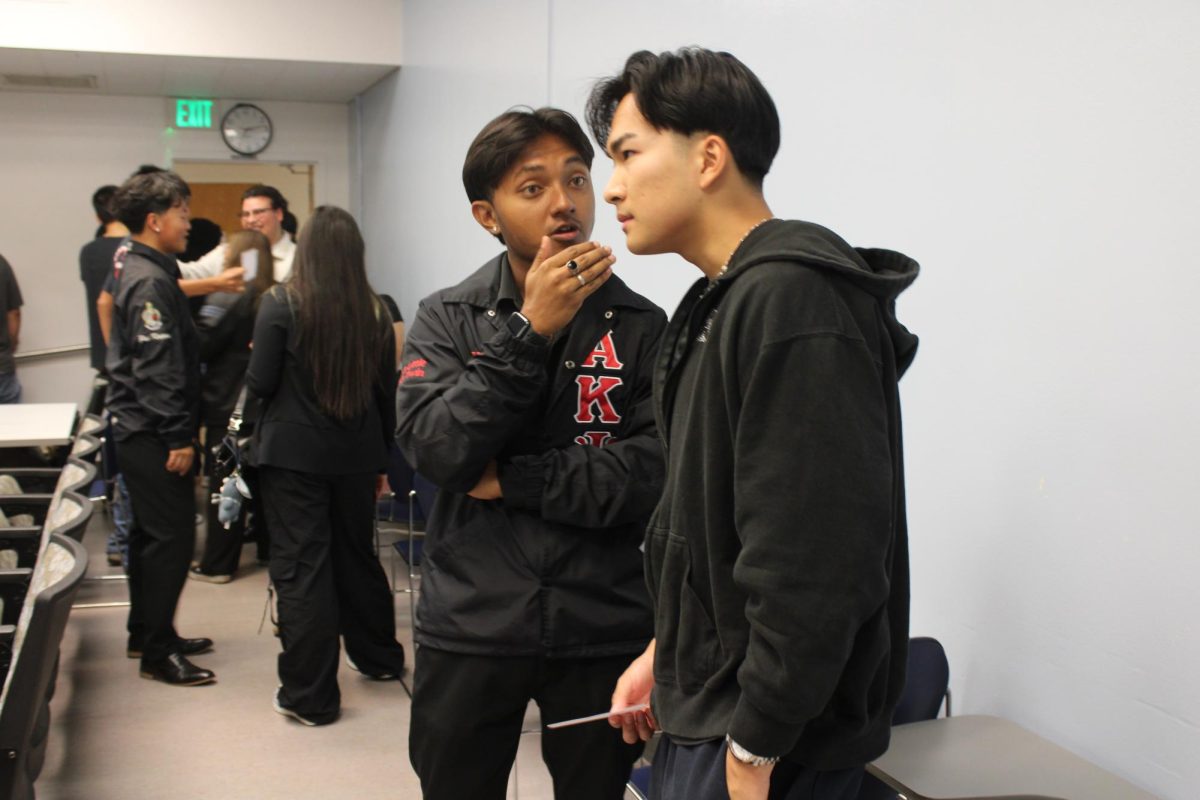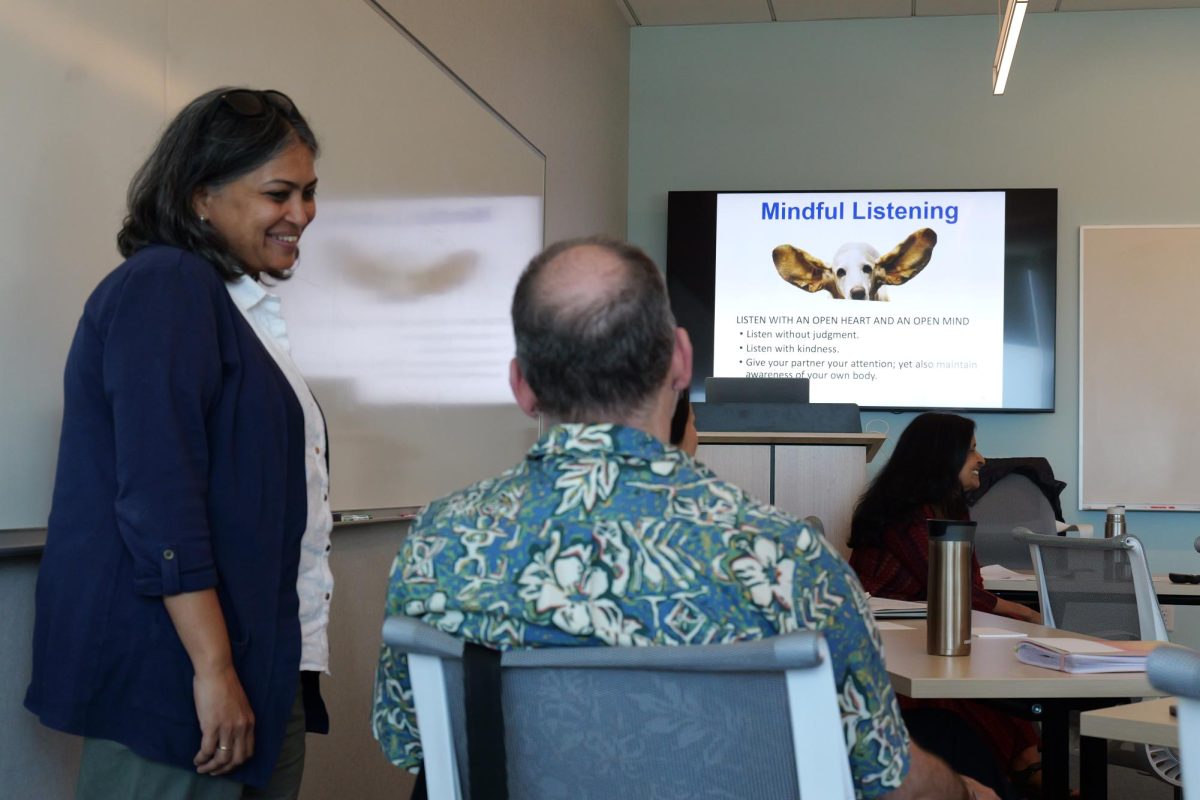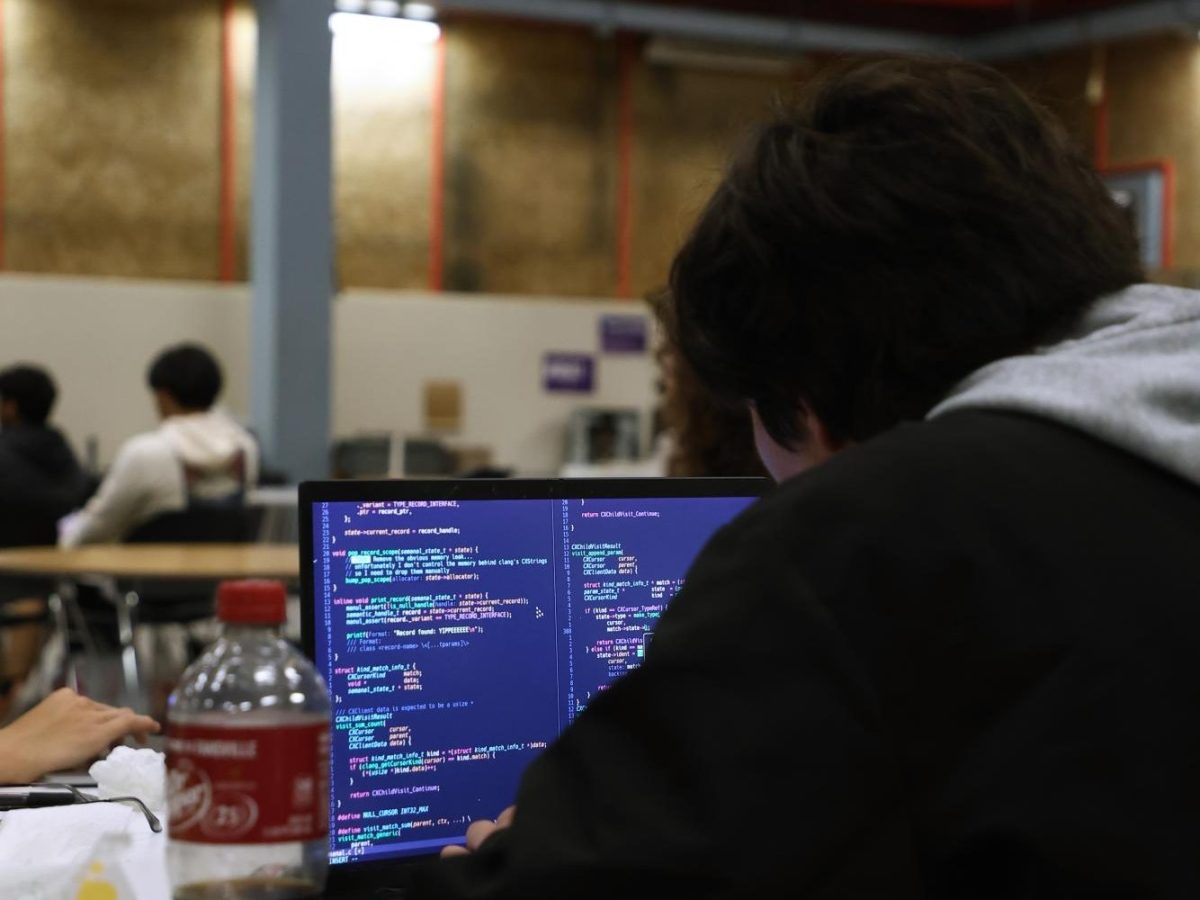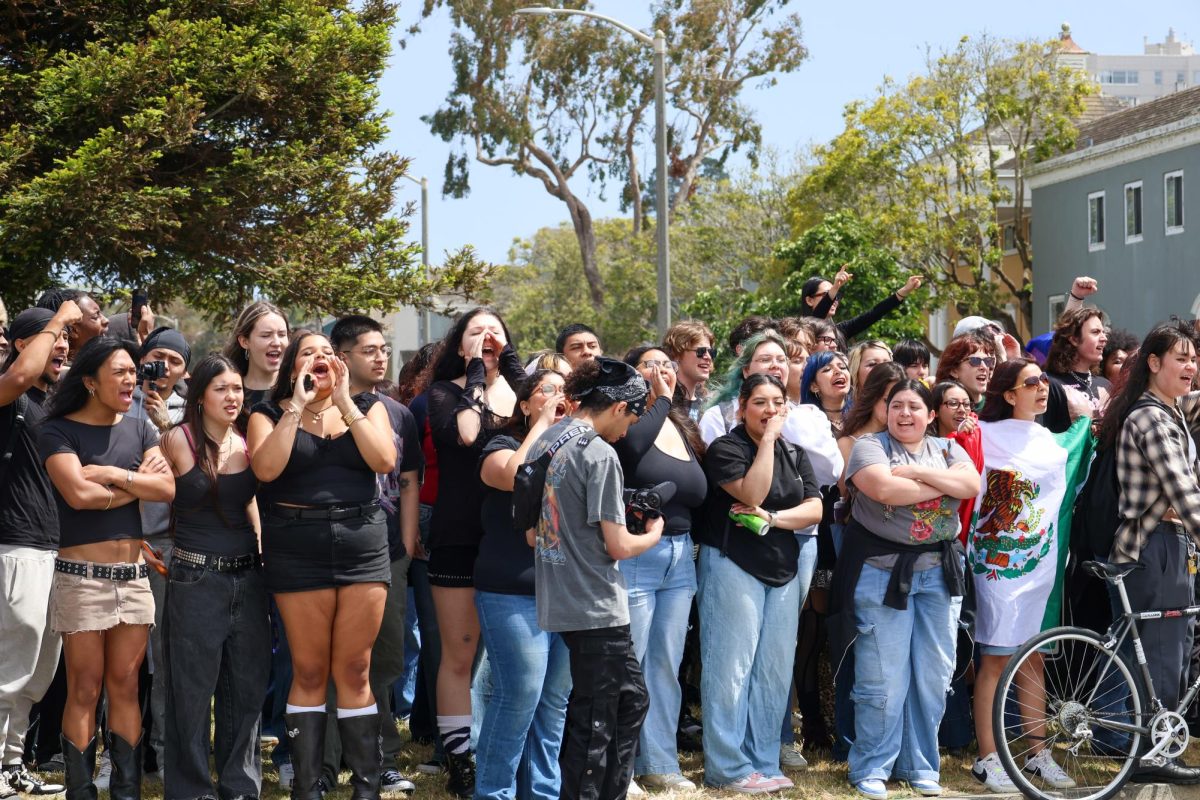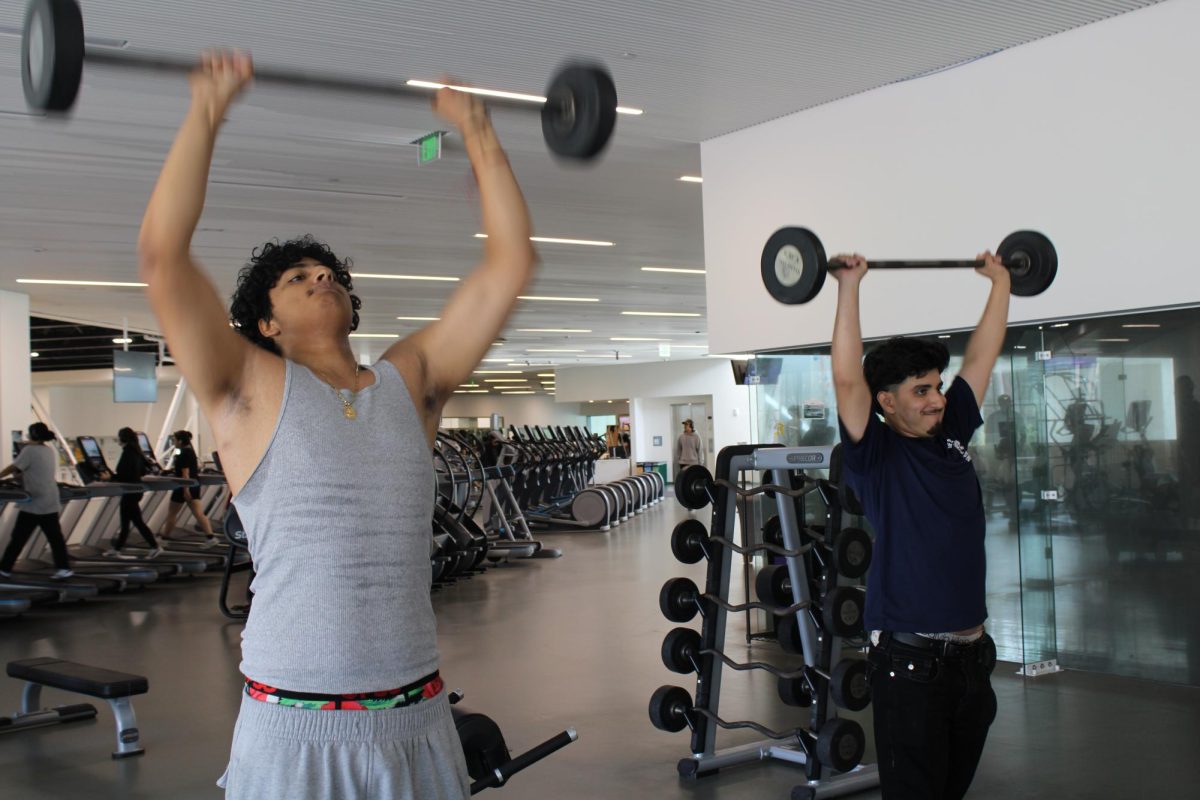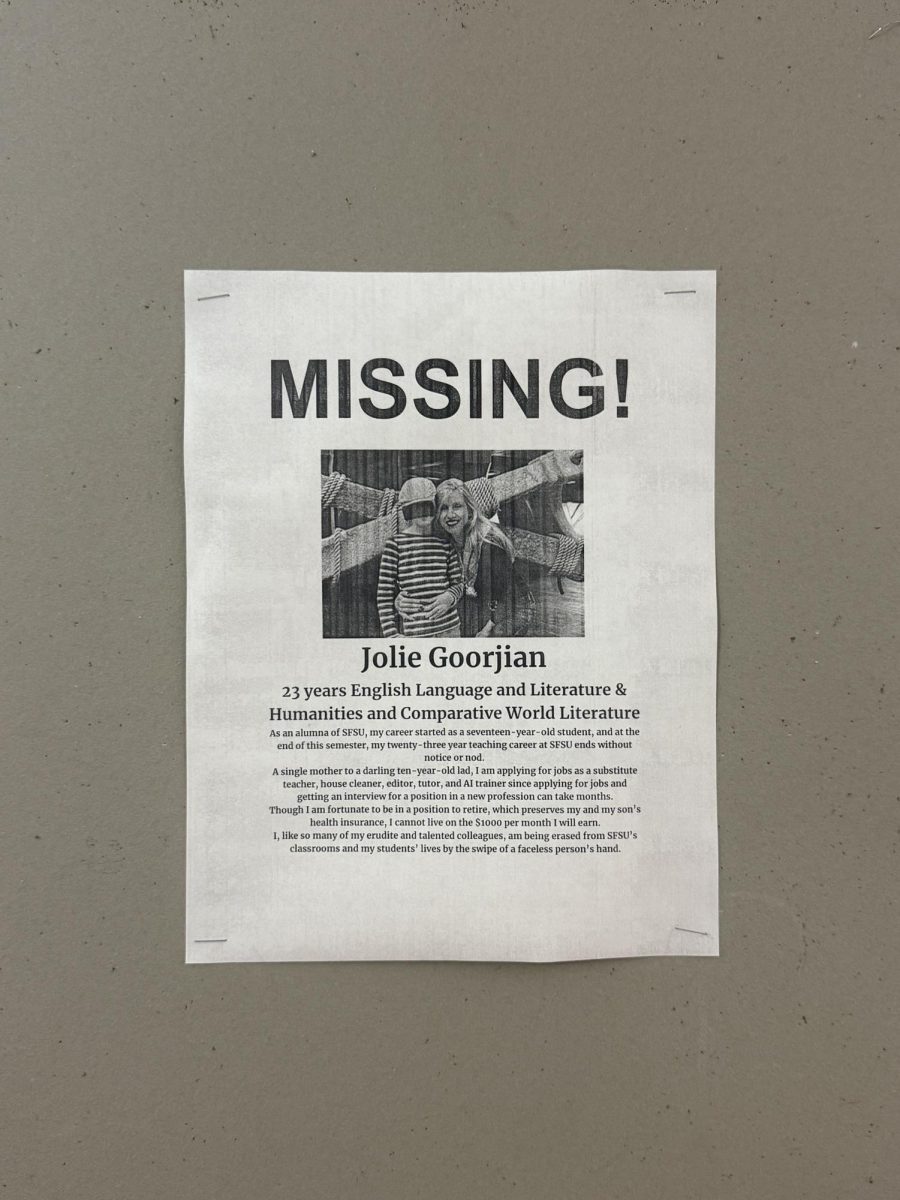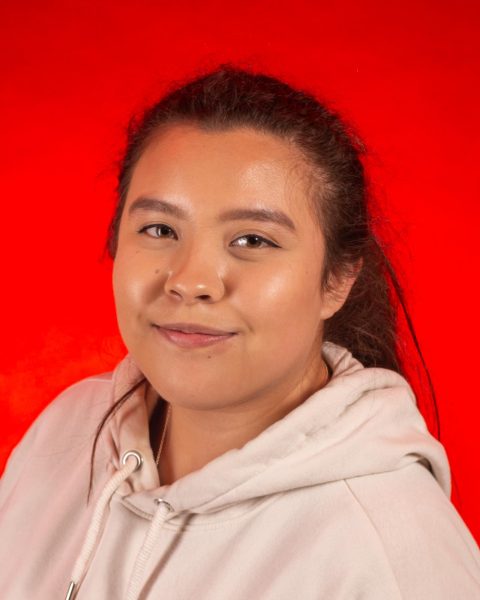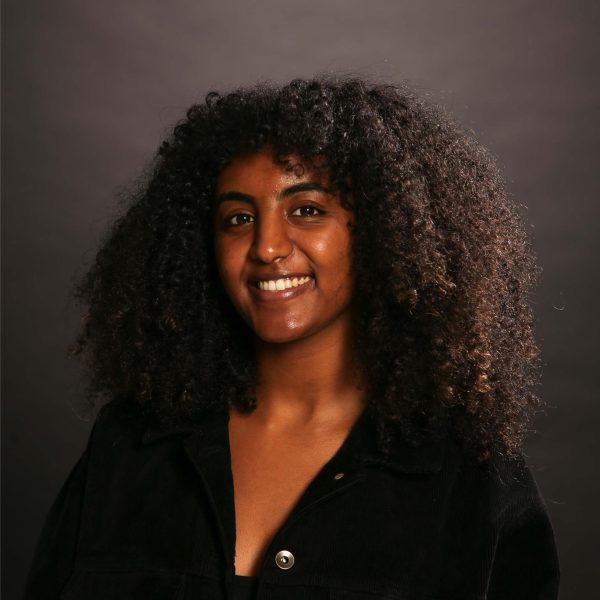After applying to SF State, Surat Ebata, from New Zealand, was in on vacation in Australia when he got an email from the university. It was an email saying he was accepted into SF State, and he had one day to decide if he wanted to commit or not. He called his sister and his mom asking for advice. He accepted the offer but once he arrived in San Francisco, he instantly wanted to go home.
One month into their first semester at SF State, international and exchange students are learning to adjust to the campus and the city. Some international and exchange students say that the school system at SF State is different compared to their home country’s.
There are two primary ways international students can come to the U.S. An F-1 visa is for citizens from a foreign country seeking to get a degree in the U.S. A J-1 visa is for students wanting to participate in the Exchange Visitor Program in the U.S.
August Holmgaard and Nicolai Iversem are exchange students from Denmark with J-1 visas. While looking at the students walking around the quad area on campus, Iversem said the biggest difference he had in the city was the diversity.
Holmgaard added that he is not used to unhoused communities as he and Iversem live in the Mission district. Iversem said there aren’t many unhoused people in Denmark.
Alban Fenn, from London, said he was studying in Birmingham, England, and said he’s been bothered more in Birmingham than San Francisco when it comes to people from unhoused communities approaching him.
“I was studying in Birmingham, and that place is considered to have one of the bigger problems of homelessness in England, and it doesn’t come close to San Francisco,” said Fenn.
Safety In SF
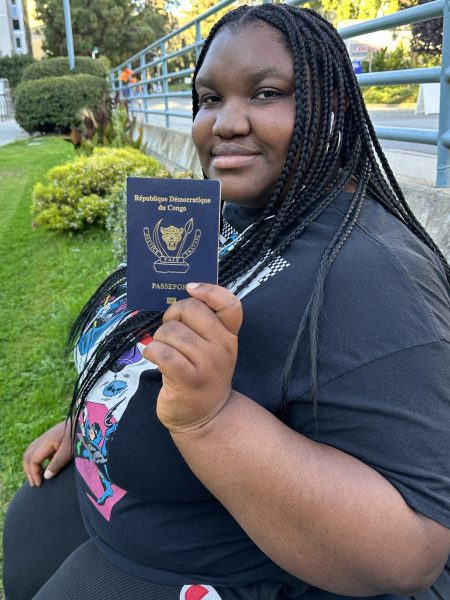
Although this is Ebata’s second semester at SF State, he didn’t think there would be as many unhoused people as there are in SF. Ebata said the crime is also much lower in his country and feels he must be more alert.
“Here, I’m so paranoid; I’m always looking back and forth. Headphones, volume down. It’s scary a lot of times,” said Ebata. “I think a lot of people that come here for the first time […] have this expectation that San Francisco has so much history and culture, which is true, but in modern times it’s a lot different.”
Lucia Prada Herrero, from Spain, said when it comes to safety, there are ways she’ll try to be cautious.
“For me, as a girl, I always try to be with someone or if I go back home alone, I’ll be calling someone or whatever. But maybe I’ll be taking an Uber or just go in a group,” said Prada Herrero.
Nanami Nakagawa, from Japan, generally feels safe but feels there is a stereotype about Japanese women that they are silent and not aggressive. Nakagawa said some people often sexualize Japanese students.
“I often heard from my Japanese friends ‘I got sexually harassed by a student’ or something. It’s an embarrassing experience for the Japanese people,” said Nakagawa.
Making Friends
Holmgaard said he and Iversem don’t face language barriers because they’re used to speaking and reading English. However, he did say what influenced him to choose SF State was the number of students from Denmark who were also attending the university.
“It makes it easy in the beginning if you have someone from the same country as you that you can live with and that you connect with,” Holmgaard said.
As for making friends, Ebata said he couldn’t imagine how hard it would be to make friends if English wasn’t their first language.
“I guess your last resort would be to find people from the same country you’re from and speak the same language as you if English isn’t your first language,” said Ebata.
Alejandro Fernandez Sanchez from Spain spoke about the language barrier he faces.
“If I’m very tired, it’s very difficult for me to understand English or to speak in English sometimes,” said Fernandez Sanchez.
Prada Herrero said the language barrier has impacted her because it’s difficult for her to hang out with others when they don’t speak Spanish.
“I feel like [there’s] a lot of Spanish exchange students so we got together really quickly and if you have to speak in English with other people, it’s just harder because it’s not our main language,” said Prada Herrero.
Nakagawa said studying abroad in the U.S. has been challenging due to speaking English all day.
“Sometimes I’m not sure what other people say, so it’s a change for me. My friends, my classmates, are so friendly to talk with me to help me improve my English,” said Nakagawa. “I’m not still confident with my English but I think I have more confidence with my English than before studying abroad.”
Ashley Burch, a J-1 student advisor, works with exchange students to navigate SF State, their health and housing.
Burch said the best way to form friendships for international students is through the International Education Exchange Council (IEEC).
According to the IEEC website, the IEEC is a way for domestic and international students to share cultures.
“IEEC, I think, is a huge resource for our J-1 students because it’s all our international J-1 exchange students,” said Burch. “It’s a great way for them to form those friendships that they may be missing out on because they just left their home and left their friends back there.”
Emily Rong, chair of the marketing committee of IEEC, promotes events such as language exchange which are open to all students. She said one thing that students struggle with adjusting to is the classroom setting.
“They’re in shock when they’re like, ‘Oh, we usually only have class maybe like once or twice per week [back home],’ and usually their classes will last like three hours,” said Rong.
Rong also said there is a difference in the curriculum at SF State. There are more projects and quizzes here compared to universities in other countries.
Iversem said he’s used to taking a final exam that counts toward 100% of the grade but in the U.S. students have to show up, participate and complete numerous assignments.
“We’re used to having bigger lectures, like 200 people in an auditorium, and here it’s more like a classroom type so that’s also a bit different,” Holmgaard said.
“We just let them know the resources that are available to them, especially if it really seems like they’re struggling. We let them know we have Counseling & Psychological Services on campus,” said Burch.
Ebata said he wanted to go to SF State since high school and it was the only college he applied to.He graduated from high school several years ago and wanted to apply but then COVID-19 happened.
“I’m 22, I had a life back there. I was working in clubs like nightclubs. I was doing my own thing and to come back and be a student here,” said Ebata. “It’s crazy; it’s like I’m back in high school again.”
Cost In SF
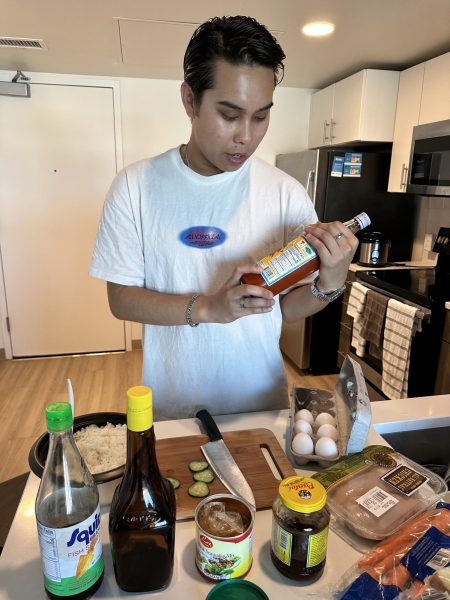
Ebata said he has out-of-state fees but is trying to become a resident. He’s actively looking for a job, and has applied for jobs at Stonestown Galleria.
Iversem and Holmgaard don’t work in SF but work remotely from home.As far as financial aid goes, their host university pays for their tuition and they are given $900 every month.
“We get paid to study,” said Iversem jokingly.
Burch said J-1 visas requires holders to provide proof that they can financially support themselves while in San Francisco.
“As we know, San Francisco is very expensive. We don’t want a student to come here and they can’t afford an apartment, they can’t afford their food,” said Burch.
Arthur Franco is in his first semester at SF State. Even though he would like to eat out, he tries to cook instead due to the cost of eating out.
“You have the price, which is already more expensive than France. Then you have to add the tax, then you have to add the tip. So it just makes me want to cry at the end,” said Franco.
“If you go to the supermarket and […] buy weekly food then I think it’s going to be less than $20 in Japan when I buy weekly food. I don’t want to count how much I spend money for my cooking in San Francisco,” said Nakagawa.
Ebata said he’s pretty much adjusted to SF State and just does what he needs to do such as going to classes, but there are a lot of things he needs to explore the city. He said from the outside, SF seems like it sucks, but one just needs to find the right places and people.



